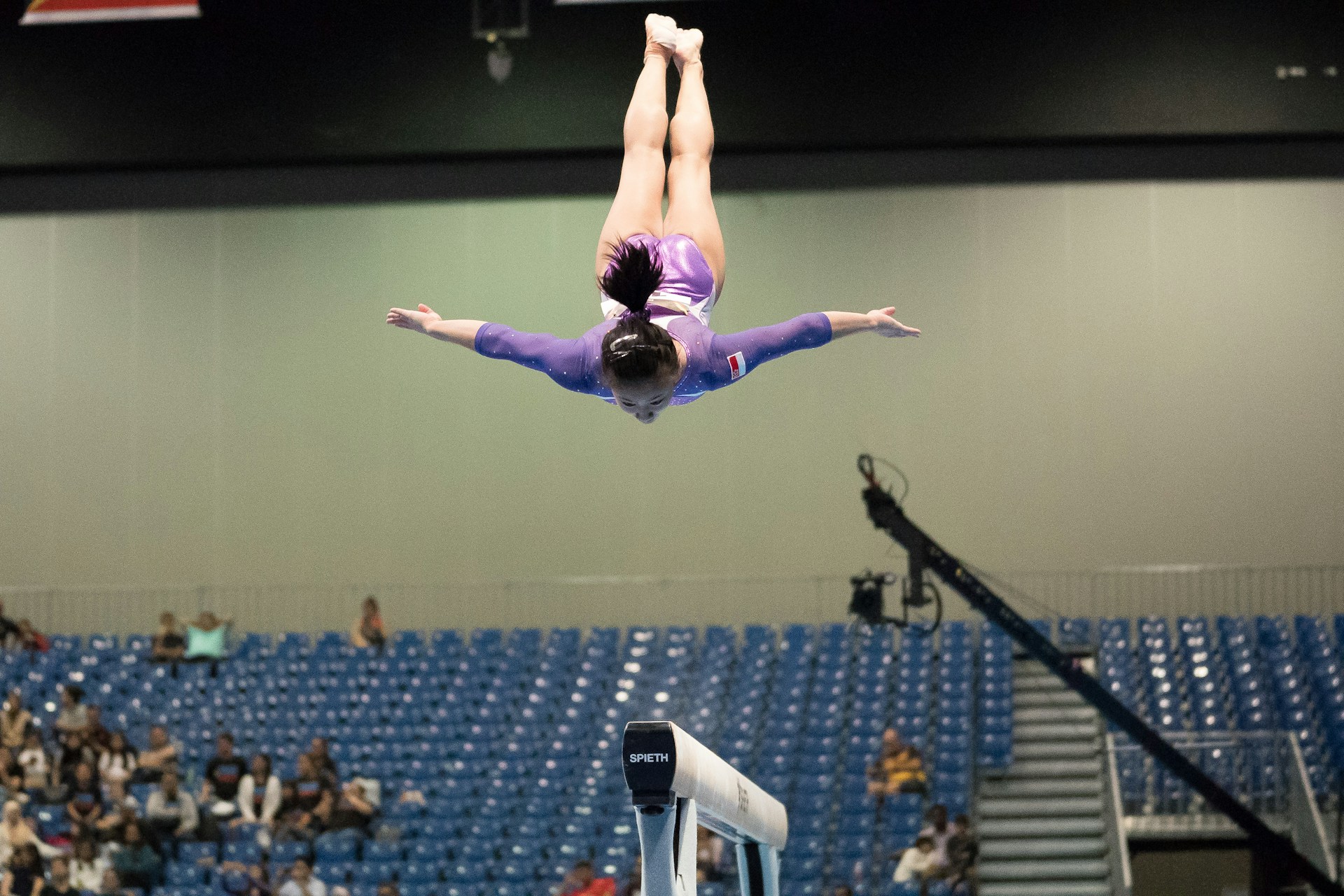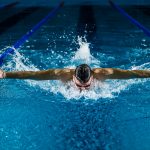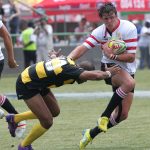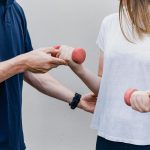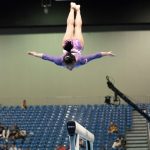When it comes to gymnastics, balance and coordination are absolutely vital. These two elements not only help gymnasts execute acrobatic flips and deft maneuvers with ease but also minimize their risk of injury. Various training methods have been employed to enhance these attributes, but one that has been receiving much attention lately is proprioceptive training.
But what is proprioception? How can it benefit gymnasts? And how can they incorporate it into their training routine? In this article, we will delve into these questions and explore how gymnasts can harness the power of proprioceptive training to improve balance and coordination.
A lire en complément : How can tennis players optimize their nutrition during tournament play?
Understanding Proprioception
To better understand how proprioceptive training can benefit gymnasts, it is first necessary to comprehend what proprioception is. Proprioception, also known as kinesthesia, is the sense of self-movement and body position. It is sometimes described as the “sixth sense.”
Proprioception involves the constant communication between your muscles, tendons, and brain about your body’s position, movements, and changes in equilibrium. This feedback loop allows you to move confidently and smoothly, even without looking.
A lire en complément : How can tennis players optimize their nutrition during tournament play?
For gymnasts, having a finely tuned sense of proprioception can mean the difference between landing a routine perfectly and falling off the balance beam. By enhancing their proprioception, gymnasts can improve their balance and coordination, making their movements more precise and fluid.
Benefits of Proprioceptive Training in Gymnastics
Before we delve into how gymnasts can incorporate proprioceptive training into their routine, let’s look at how it can benefit them. Proprioceptive training can enhance two key elements for gymnasts: balance and coordination.
Balance
Good balance is crucial in gymnastics. Whether it’s performing on the balance beam or executing a flawless dismount, a gymnast’s ability to maintain their center of gravity can dramatically impact their performance.
Through proprioceptive training, gymnasts can learn to better sense their body’s position and movement in space, allowing them to adjust their balance as needed. This can lead to increased stability during routines and reduced risk of falls and injuries.
Coordination
Coordination is another crucial element in gymnastics. It involves the ability to execute smooth and controlled movements, which are essential in performing complex gymnastic routines.
Proprioceptive training can enhance a gymnast’s coordination by improving their body awareness. With a more precise sense of where each part of their body is at any given time, gymnasts can make quicker and more accurate adjustments during their routines. This can lead to more fluid movements and better overall performance.
Proprioceptive Training Techniques for Gymnasts
Now that we’ve explored what proprioception is and how it can benefit gymnasts let’s look at some techniques that gymnasts can use to enhance their proprioceptive abilities.
Balance Training
Balance training exercises, such as standing on one leg or using a balance board, can help improve a gymnast’s proprioception. These exercises challenge the gymnast to maintain their balance despite changes in body position or movement, helping to enhance their sense of proprioception.
Balance training exercises should be performed in a safe and controlled environment, ideally under the supervision of a coach or trained professional. It’s important for gymnasts to gradually increase the difficulty of these exercises to prevent injury.
Sensory Integration
Sensory integration exercises can also be beneficial for improving a gymnast’s proprioception. These involve activities that challenge the gymnast to use their senses of touch, sight, and hearing to inform their movements.
A simple example of a sensory integration exercise would be a blindfolded balance exercise. The gymnast would stand on one leg while blindfolded, relying solely on their sense of proprioception to maintain their balance.
Again, these exercises should be performed in a safe and controlled environment, and the difficulty should be increased gradually.
Incorporating Proprioceptive Training into Gymnastics Training
So, how can gymnasts incorporate proprioceptive training into their regular training routine? Here are a few suggestions:
- Make it a part of the warm-up: Proprioceptive exercises can be a great way to warm up before a training session. They can help to get the body moving and the senses engaged, preparing the gymnast for the tasks ahead.
- Include it in strength and conditioning work: Many strength and conditioning exercises can be adapted to include a proprioceptive component. For example, squats can be performed on a balance board to challenge the gymnast’s balance and proprioception.
- Use it for injury prevention and rehabilitation: If a gymnast is recovering from an injury, proprioceptive exercises can be a valuable part of their rehabilitation process. They can help to restore strength and mobility, as well as reducing the risk of future injuries.
In the world of gymnastics, where balance and coordination are key, proprioceptive training can provide a valuable edge. By understanding what proprioception is, how it can benefit them, and how to incorporate it into their training, gymnasts can unlock new levels of performance and achieve their highest potential.
The Importance of Regular Proprioceptive Training in Gymnastics
Incorporating proprioceptive training into a regular gymnastics routine isn’t just a tick-box exercise. It’s a fundamental component that can determine the success of an athlete’s overall performance. Regular proprioceptive training enhances the gymnast’s body awareness, informs their movements, and builds their confidence in executing complex routines.
Regular training allows the gymnast to become more familiar with the exercises, improving their proprioception over time. This, in turn, supports better balance, coordination, precision, and fluidity in their movements. A gymnast with excellent proprioception can make quick, accurate adjustments during routines, performing more efficiently and effectively.
In addition to this, consistent proprioceptive training can contribute significantly to injury prevention. By improving the body’s balance and coordination, the gymnast is less likely to experience falls, trips, and accidents, which are common in this high-risk sport. Moreover, if an injury has already occurred, proprioceptive exercises can be an integral part of the rehabilitation process, aiding faster recovery and preventing further injuries.
The effectiveness of proprioceptive training, however, is not instantaneous. Its benefits are realized over time. It requires patience, consistency, and perseverance. The key is to start with simple exercises, gradually increasing the difficulty level to challenge the body and enhance proprioception. The progress may be slow at first, but over time, the gymnast will notice a significant improvement in their balance, coordination, and overall performance.
In conclusion, proprioceptive training is a crucial component of gymnastics training that can significantly enhance a gymnast’s balance and coordination. It requires a high level of body awareness, which can be developed and enhanced through specific exercises, such as balance training and sensory integration exercises.
Regular and consistent proprioceptive training can provide gymnasts with a competitive edge, making their movements more accurate, fluid, and efficient. Additionally, it can help to reduce the risk of injury – a crucial aspect in a high-risk sport like gymnastics.
However, like any training regimen, the benefits of proprioceptive training aren’t realized overnight. It requires commitment, consistency, and patience. With time, however, the results can be transformative, helping gymnasts reach their highest potential and achieve excellence in their performances.
Incorporating proprioceptive training into their routine may be challenging for gymnasts at first, but with a clear understanding of its benefits and consistent practice, they can greatly enhance their performance, making them stand out in this highly competitive sport.

